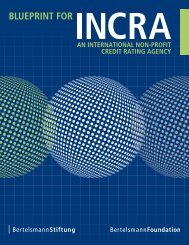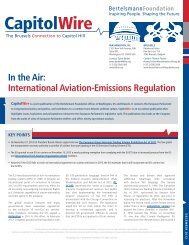Brazil Expert Report-1.pdf
Brazil Expert Report-1.pdf
Brazil Expert Report-1.pdf
You also want an ePaper? Increase the reach of your titles
YUMPU automatically turns print PDFs into web optimized ePapers that Google loves.
and northeastern regions. Existing developmental imbalances between these regions have somewhat lessened in recent years. The gender gap in terms of economic opportunity seems to be narrowing, but women remain at a substantial disadvantage. Although female students consistently show better results and higher rates of school attendance than do their male counterparts, this does not translate into better salaries or higher-‐skilled jobs, or into lower levels of unemployment. The share of women employed in metropolitan areas increased from 43 percent to 45.1 percent of the workforce in recent years. However, salary inequalities still persist: <strong>Brazil</strong>ian women on average earn only 70 percent of the salaries of men. Social life in <strong>Brazil</strong> is characterized by the largely peaceful manner in which a multiplicity of ethnic groups live together. However, several studies have demonstrated that racial inequality is still a serious problem. <strong>Brazil</strong> is an extremely unequal country, and racism is an important element in understanding the dynamic of this framework of inequality. The high-‐income population is essentially white, while most <strong>Brazil</strong>ians who live in poverty are black. INCRA <strong>Brazil</strong> <strong>Expert</strong> <strong>Report</strong> 11






